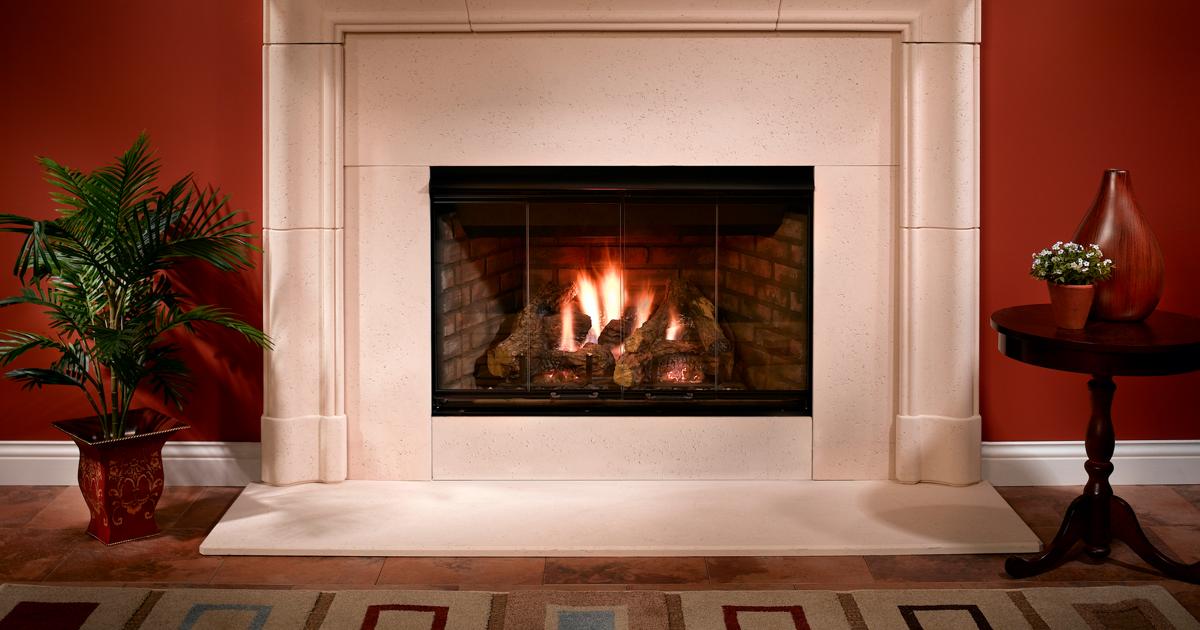

Articles
How To Enhance A Gas Fireplace Flame
Modified: December 7, 2023
Learn how to make your gas fireplace flame bigger with these helpful articles. Enhance the ambiance and warmth of your home with our expert tips.
(Many of the links in this article redirect to a specific reviewed product. Your purchase of these products through affiliate links helps to generate commission for Storables.com, at no extra cost. Learn more)
Introduction
Welcome to the world of gas fireplaces! These modern marvels not only provide warmth and coziness to your home, but they also add a touch of elegance and ambiance to any room. While the flame size of gas fireplaces is typically set by manufacturers to ensure safety and efficiency, there may be times when you want to make the flame bigger for a more dramatic effect.
In this article, we will explore the factors that affect flame size in gas fireplaces, as well as the precautions you need to take when making adjustments. We will also provide step-by-step instructions on how to make the gas fireplace flame bigger, ensuring that you can enjoy a larger, more mesmerizing fire without compromising safety.
Before we dive into the technicalities, let’s spend a moment understanding the basics of gas fireplaces.
Key Takeaways:
- Adjusting the gas valve, cleaning the burner, and enhancing airflow are effective methods to safely increase the flame size in a gas fireplace. Prioritize safety and follow manufacturer’s guidelines for optimal results.
- Incorporating fireproof logs and rocks can not only enhance the visual appeal of a gas fireplace but also amplify the flame, creating a larger and more captivating fire display. Enjoy a cozy and mesmerizing atmosphere with these decorative elements.
Read more: How To Adjust The Flame On A Gas Fireplace
Understanding Gas Fireplaces
Gas fireplaces are a popular choice for homeowners who want the beauty and warmth of a fire without dealing with the hassle of burning wood. These fireplaces use natural gas or propane to create a controlled flame that radiates heat throughout the room. They are easy to use, efficient, and require minimal maintenance compared to traditional wood-burning fireplaces.
Gas fireplaces consist of several key components, including the gas valve, burner, pilot light, and thermocouple. The gas valve controls the flow of gas to the burner, while the pilot light ignites the gas to create the flame. The thermocouple is a safety device that detects if the pilot light goes out and shuts off the gas supply, preventing any potential gas leaks.
Modern gas fireplaces often come with remote controls or wall switches, allowing you to easily ignite, adjust, and turn off the flames at your convenience. Some models even offer flame height adjustment options, allowing you to customize the look and feel of the fire.
Now that we have a better understanding of gas fireplaces, let’s explore the factors that can affect the size of the flame.
Factors Affecting Flame Size
Several factors can influence the size of the flame in a gas fireplace. Understanding these factors is essential when it comes to adjusting the flame to achieve your desired effect:
- Gas Flow: The amount of gas flowing to the burner directly affects the size of the flame. Manufacturers typically set a specific gas flow rate to ensure safe and efficient operation. However, some fireplaces allow for adjustments to the gas valve, enabling you to increase or decrease the flow and consequently the flame size.
- Air-to-Gas Ratio: The ratio of air to gas mixture is crucial for optimal combustion. If there is not enough air supplied to the burner, the flame may be small and inefficient. On the other hand, too much air can result in a weak or “lazy” flame. A balanced air-to-gas ratio is necessary to achieve a vibrant and attractive flame.
- Burner Design: The design of the burner also plays a role in flame size. Burners with multiple ports or holes tend to produce larger flames compared to burners with fewer openings. Additionally, the positioning and shape of the burner can affect the distribution and intensity of the flame.
- Gas Pressure: The pressure at which gas is supplied to the fireplace can impact the flame size. Gas pressure that is too low may result in a weak flame, while high pressure can create a larger flame. It’s important to consult the manufacturer’s guidelines to ensure that the gas pressure is within the recommended range for your specific fireplace model.
- Ventilation: Proper ventilation is crucial for the safe operation of a gas fireplace. Insufficient air supply can cause incomplete combustion, leading to smaller and less impressive flames. Ensure that there is adequate ventilation in the room to allow for efficient combustion and optimal flame size.
Now that we have a better understanding of the factors influencing flame size, it’s important to follow some safety precautions before making any adjustments.
Safety Precautions
Before attempting to make any adjustments to the flame size of your gas fireplace, it’s crucial to prioritize safety. Here are some important safety precautions to keep in mind:
- Read the Manual: Familiarize yourself with the manufacturer’s guidelines and instructions for your specific gas fireplace model. The manual will provide valuable information on safe operation, maintenance, and any recommended flame adjustments.
- Turn Off the Fireplace: Before performing any maintenance or adjustments, ensure that the gas fireplace is completely turned off. This includes shutting off the gas supply and extinguishing the pilot light.
- Allow Cooling Time: Gas fireplaces can become very hot during operation. Before attempting to touch any components or make adjustments, allow sufficient time for the fireplace to cool down. This will reduce the risk of burns or other accidents.
- Use Personal Protective Equipment: When working with your gas fireplace, consider wearing protective gloves and safety goggles to prevent any potential injuries. Gas fireplaces involve handling various components, and it’s always better to be cautious.
- Consult a Professional: If you are uncomfortable or unsure about making adjustments to your gas fireplace, it is best to seek assistance from a qualified professional. They will have the necessary expertise and experience to handle any modifications or repairs safely.
- Regular Maintenance: Regularly inspect and maintain your gas fireplace to ensure its safe and efficient operation. Keep the burner clean, check for any blockages, and schedule professional maintenance as recommended by the manufacturer.
By following these safety precautions, you can ensure a safe environment while you adjust the flame size of your gas fireplace. Now, let’s move on to the step-by-step process of making the flame bigger.
Steps to Make Gas Fireplace Flame Bigger
Adjusting the flame size of a gas fireplace can vary depending on the specific model and manufacturer. However, the following general steps will guide you through the process of making the flame bigger:
- Turn Off the Gas Fireplace: Make sure the gas fireplace is completely turned off, including the gas supply and the pilot light. Allow the fireplace to cool down before proceeding.
- Locate the Gas Valve: The gas valve is typically located near the bottom or side of the fireplace. Consult the manufacturer’s manual if you’re unsure about the exact location.
- Access the Gas Valve: Depending on your fireplace, you may need to remove a panel or cover to access the gas valve. Use caution and follow any instructions provided in the manual.
- Adjust the Gas Valve: Use a flathead screwdriver to adjust the gas valve. Turn the screwdriver clockwise to increase the gas flow and make the flame bigger. Take note of the initial position of the valve in case you need to return to it later.
- Test the New Flame Size: After making the adjustment, turn on the gas supply and ignite the fireplace. Observe the flame to determine if it has increased in size to your desired level. If it’s still not large enough, you can repeat the adjustment process and make further modifications to the gas valve.
- Monitor the Flame: Once you have achieved your desired flame size, monitor it for a while to ensure everything is functioning properly. Check for any irregularities, unusual smells, or signs of incomplete combustion. If you notice anything abnormal, turn off the fireplace and seek professional assistance.
Remember, every gas fireplace is unique, and it’s important to refer to the manufacturer’s instructions and guidelines for specific adjustments. Following these general steps should help you increase the flame size safely and effectively.
Now that you know how to adjust the gas valve, let’s explore other factors that can help enhance the flame size in your gas fireplace.
Read more: What Color Should Gas Fireplace Flames Be
Adjusting the Gas Valve
One of the primary ways to make the flame bigger in a gas fireplace is by adjusting the gas valve. The gas valve controls the flow of gas to the burner, and tweaking its settings can increase the flame size. Here’s a step-by-step process to guide you:
- Turn off the Gas Fireplace: Ensure that the gas fireplace is completely turned off, including the gas supply and the pilot light. Allow the fireplace to cool down before proceeding.
- Locate the Gas Valve: The gas valve is typically located near the bottom or side of the fireplace. Refer to the manufacturer’s manual for specific instructions if needed.
- Access the Gas Valve: Depending on your fireplace model, you may need to remove a panel or cover to access the gas valve. Take precautions and follow any safety guidelines provided in the manual.
- Identify the Adjustment Screw: The gas valve will have an adjustment screw that allows you to modify the gas flow. This screw is often located on the side or top of the valve.
- Make Incremental Adjustments: Use a flathead screwdriver to turn the adjustment screw clockwise, increasing the gas flow. Start with small adjustments, turning the screw a quarter or half turn at a time. It’s essential to make gradual changes to prevent sudden or excessive increases in gas flow.
- Observe the Flame: After each adjustment, turn on the gas supply and ignite the fireplace to observe the flame. Check if the flame size has increased to your desired level. If not, make additional small adjustments until you achieve the desired flame size.
- Ensure Proper Combustion: As you make adjustments, keep an eye on the flame for proper combustion. Ideally, the flame should be vibrant, blue, and steady. If you notice any signs of incomplete combustion, such as a yellow or flickering flame, reduce the gas flow slightly and recheck.
- Monitor the Flame: Once you have achieved your desired flame size, monitor it for a while to ensure everything is functioning correctly. Look for any irregularities, unusual smells, or signs of improper combustion. If you notice any issues, turn off the fireplace and seek professional assistance.
Remember to refer to your specific gas fireplace model’s manual for any adjustments and precautions recommended by the manufacturer. Following these steps will help you adjust the gas valve and increase the flame size in your gas fireplace safely and effectively.
Now, let’s explore other measures you can take to enhance the flame size in your gas fireplace.
Check the gas pressure and air mixture in the fireplace. Adjust the air shutter to allow more air in for a bigger flame. Clean the burner and ensure the gas ports are clear for optimal flame size.
Cleaning the Burner
Another factor that can affect the flame size in a gas fireplace is the cleanliness of the burner. Over time, dust, debris, and soot can accumulate on the burner, obstructing the flow of gas and affecting the flame’s size and appearance. Cleaning the burner is a simple yet effective way to enhance the flame size. Here’s a step-by-step process to guide you:
- Turn off the Gas Fireplace: Before cleaning the burner, make sure the gas fireplace is completely turned off, including the gas supply and the pilot light. Allow the fireplace to cool down before proceeding.
- Access the Burner: Depending on your fireplace model, you may need to remove a panel or cover to access the burner. Follow the manufacturer’s instructions and take necessary safety precautions.
- Remove Debris: Carefully inspect the burner for any debris, such as dust, pet hair, or spider webs. Use a soft-bristle brush or a vacuum cleaner with a brush attachment to gently remove the debris. Be cautious not to damage any parts or disturb the burner’s alignment.
- Check for Soot Buildup: Soot buildup can significantly affect the flame’s size and appearance. If you notice a thick layer of soot on the burner, it’s crucial to clean it off. Use a mixture of warm water and mild dish soap to scrub the soot off the surface. Be gentle to avoid damaging the burner.
- Rinse and Dry: After scrubbing, rinse the burner thoroughly with clean water to remove any residual soap. Ensure that the burner is completely dry before reassembling and reactivating the gas fireplace. Moisture on the burner can affect the flame and cause other issues.
- Reassemble and Test: Once the burner is cleaned and dry, carefully reassemble any panels or covers that were removed. Turn on the gas supply and ignite the fireplace to observe the flame. You should notice an improvement in the flame’s size and appearance after cleaning the burner.
- Regular Maintenance: It’s important to regularly clean the burner to maintain optimal performance. Depending on usage and conditions, aim to clean the burner at least once or twice a year. This will help keep the flame size consistent and ensure proper combustion.
By following these steps, you can effectively clean the burner of your gas fireplace and improve the flame size. Remember to consult your specific fireplace model’s manual for any additional cleaning instructions or precautions recommended by the manufacturer.
Now, let’s explore the next step in enhancing the flame size: checking for blockages.
Checking for Blockages
Blockages in the gas fireplace can restrict the flow of gas, affecting the flame size and overall performance. It’s important to periodically check for and remove any blockages to ensure optimal operation. Here’s a step-by-step process to guide you:
- Turn off the Gas Fireplace: Before checking for blockages, ensure that the gas fireplace is completely turned off, including the gas supply and the pilot light. Allow the fireplace to cool down before proceeding.
- Access the Burner and Gas Line: Depending on your fireplace model, you may need to remove panels or covers to access the burner and gas line. Refer to the manufacturer’s instructions and take the necessary safety precautions.
- Inspect the Gas Line: Carefully examine the gas line for any visible signs of blockages. Look for debris, dust, or any foreign objects that may be obstructing the gas flow. Use a flashlight if needed to get a clearer view.
- Clear Blockages: If you notice any blockages, use a soft brush or compressed air to gently remove them. Be careful not to damage any components or disturb the alignment of the gas line. If the blockage is severe or difficult to remove, it’s best to seek assistance from a professional.
- Check the Venting System: Gas fireplaces rely on proper ventilation to ensure safe and efficient operation. Check the venting system, including the chimney or flue, for any obstructions. Remove any debris or nests built by birds or other animals that may be blocking the airflow.
- Reassemble and Test: After clearing any blockages, carefully reassemble the panels or covers that were removed. Turn on the gas supply and ignite the fireplace to observe the flame. You should notice an improvement in the flame’s size and quality after removing any blockages.
- Maintain Regular Inspections: It’s important to regularly inspect and clean the gas fireplace to prevent blockages from occurring. Schedule routine maintenance at least once a year or as recommended by the manufacturer to ensure the gas flow remains unobstructed.
By following these steps, you can effectively check for and clear any blockages in your gas fireplace, ensuring a consistent and vibrant flame. Remember to consult your specific fireplace model’s manual for any additional instructions or precautions regarding blockage removal.
Now, let’s explore another method to enhance the flame size: enhancing airflow.
Enhancing Airflow
Proper airflow is crucial for the optimal performance of a gas fireplace. Insufficient airflow can lead to incomplete combustion and a smaller, weaker flame. Enhancing airflow can help improve the flame size and quality. Here’s a step-by-step process to guide you:
- Turn off the Gas Fireplace: Before enhancing airflow, ensure that the gas fireplace is completely turned off, including the gas supply and the pilot light. Allow the fireplace to cool down before proceeding.
- Remove Obstructions: Inspect the area around the fireplace for any objects, furniture, or decor items that may be obstructing the airflow. Remove any obstructions to allow for better circulation of air around the fireplace.
- Check the Ventilation System: A well-functioning ventilation system is essential for proper airflow. Check the vents or grilles in the room to ensure they are not blocked or covered. Clear away any dust, debris, or obstructions that may be hindering the airflow.
- Improve Room Ventilation: Inadequate room ventilation can impact the performance of a gas fireplace. Ensure that there are sufficient air vents or windows in the room to allow for proper air circulation. Opening a window or using a fan can help improve airflow in the space.
- Optimize Air Intake: Some gas fireplaces have an air intake system that draws fresh air from outside for combustion. Ensure that the air intake is not blocked or obstructed. If necessary, clean the intake vent or consult the manufacturer’s instructions for maintaining the air intake system.
- Position Furniture and Decor Thoughtfully: Furniture, drapes, or other décor items placed too close to the fireplace can disrupt the airflow. Rearrange the furniture or décor to create a clear path for air circulation around the fireplace.
- Monitor the Flame: After enhancing the airflow, turn on the gas supply and ignite the fireplace to observe the flame. You should notice an improvement in the flame’s size and quality due to the enhanced airflow. If needed, make additional adjustments to optimize the flame.
- Maintain Regular Cleaning and Inspection: Regularly cleaning the burners, checking for blockages, and ensuring proper ventilation are essential for maintaining optimal airflow in the long run. Schedule routine maintenance and cleaning as recommended by the manufacturer.
By following these steps, you can enhance the airflow around your gas fireplace, leading to a larger and more vibrant flame. Remember to consult your specific fireplace model’s manual for any additional instructions or precautions regarding airflow optimization.
Now, let’s explore another method to enhance the flame size: using fireproof logs and rocks.
Read more: What Is A Gas Fireplace
Using Fireproof Logs and Rocks
Another way to enhance the flame size and create a more visually stunning display in your gas fireplace is by using fireproof logs and rocks. These decorative elements not only add a natural aesthetic appeal but also help to amplify the flame and create a fuller, more engaging fire. Here’s how you can incorporate fireproof logs and rocks into your gas fireplace:
- Choose Fireproof Logs and Rocks: Look for fireproof logs and rocks specifically designed for use in gas fireplaces. These are typically made from ceramic or refractory materials that can withstand high temperatures without compromising safety.
- Arrange the Logs: Place the fireproof logs strategically on the burner to create a realistic and appealing fire. Position them in a way that allows the flames to dance around and through the logs, adding depth and dimension to the fire. Follow the manufacturer’s guidelines for proper log placement.
- Add Rocks or Ember Bed: Along with the fireproof logs, consider adding fireproof rocks or an ember bed. These can be placed around the burner or underneath the logs to create a bed of glowing embers. The rocks reflect and amplify the flame, making it appear larger and more captivating.
- Experiment with Log Placement: Don’t be afraid to experiment with different log arrangements to find the one that enhances the flame size and creates your desired visual effect. Play around with the positioning and orientation of the logs until you achieve the desired flame height and overall look.
- Regular Cleaning and Maintenance: Over time, fireproof logs and rocks may accumulate dust, soot, or debris. Regularly clean them using a soft brush or cloth to remove any buildup. This will ensure optimal performance and preserve their appearance.
- Monitor the Flame: Once you have arranged the fireproof logs and rocks, turn on the gas supply and ignite the fireplace to observe the flame. You should notice a larger, more dynamic flame thanks to the addition of these decorative elements. Adjust the gas valve as needed to achieve the desired flame height.
- Follow Safety Guidelines: Ensure that the fireproof logs and rocks are arranged and used according to the manufacturer’s recommendations. Adhere to safety guidelines and never overload the burner or obstruct the ventilation system.
By incorporating fireproof logs and rocks into your gas fireplace, you can enhance the flame size, create a more realistic fire display, and transform the overall look and feel of your fireplace. Enjoy the mesmerizing and cozy atmosphere that these decorative elements bring to your living space.
Now that you have learned various ways to enhance the flame size in your gas fireplace, it’s important to follow proper safety precautions and guidelines to ensure a safe and enjoyable experience.
Conclusion
Gas fireplaces are a popular choice for homeowners who want the beauty and warmth of a fire without the hassle of wood-burning fireplaces. While the flame size of gas fireplaces is typically set by manufacturers to ensure safety and efficiency, there may be times when you want to make adjustments to achieve a larger, more captivating flame.
In this article, we explored the factors that can affect flame size in gas fireplaces, including gas flow, air-to-gas ratio, burner design, gas pressure, and ventilation. We also discussed important safety precautions to keep in mind before making any adjustments, emphasizing the importance of following manufacturer’s guidelines and consulting professionals when necessary.
We provided step-by-step instructions on how to make the gas fireplace flame bigger, including adjusting the gas valve, cleaning the burner, checking for blockages, enhancing airflow, and using fireproof logs and rocks. These methods allow you to customize the flame according to your preferences and create a more visually stunning fire display.
Remember to always prioritize safety and follow the manufacturer’s recommendations when making any adjustments to your gas fireplace. Regular maintenance, cleaning, and inspection are essential for maintaining optimal performance and ensuring a safe environment.
By implementing the techniques outlined in this article, you can enhance the flame size in your gas fireplace and create a warm and inviting atmosphere in your home. Whether you’re looking for a cozy night in or entertaining guests, a mesmerizing flame will surely add charm and elegance to any room.
Enjoy the beauty and comfort of your gas fireplace, and may the larger, more captivating flame bring joy and relaxation to your space.
Frequently Asked Questions about How To Enhance A Gas Fireplace Flame
Was this page helpful?
At Storables.com, we guarantee accurate and reliable information. Our content, validated by Expert Board Contributors, is crafted following stringent Editorial Policies. We're committed to providing you with well-researched, expert-backed insights for all your informational needs.
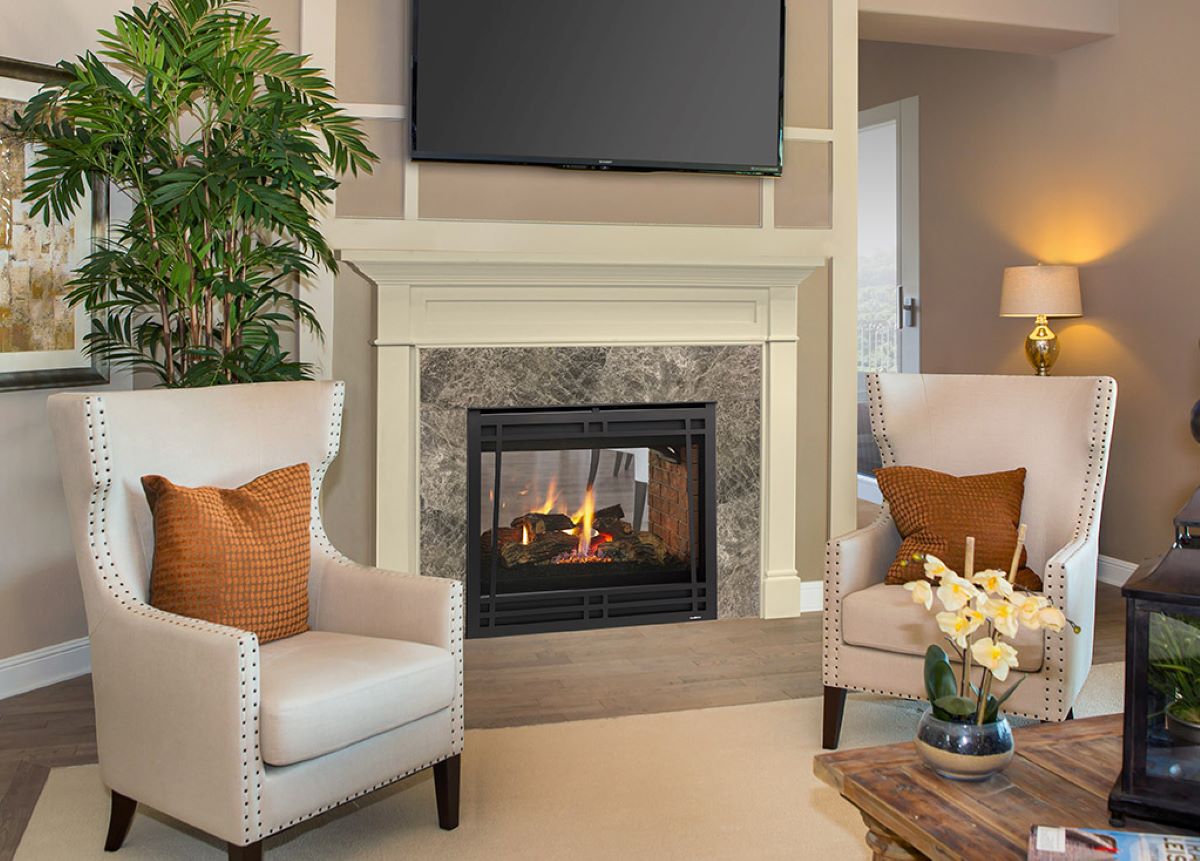
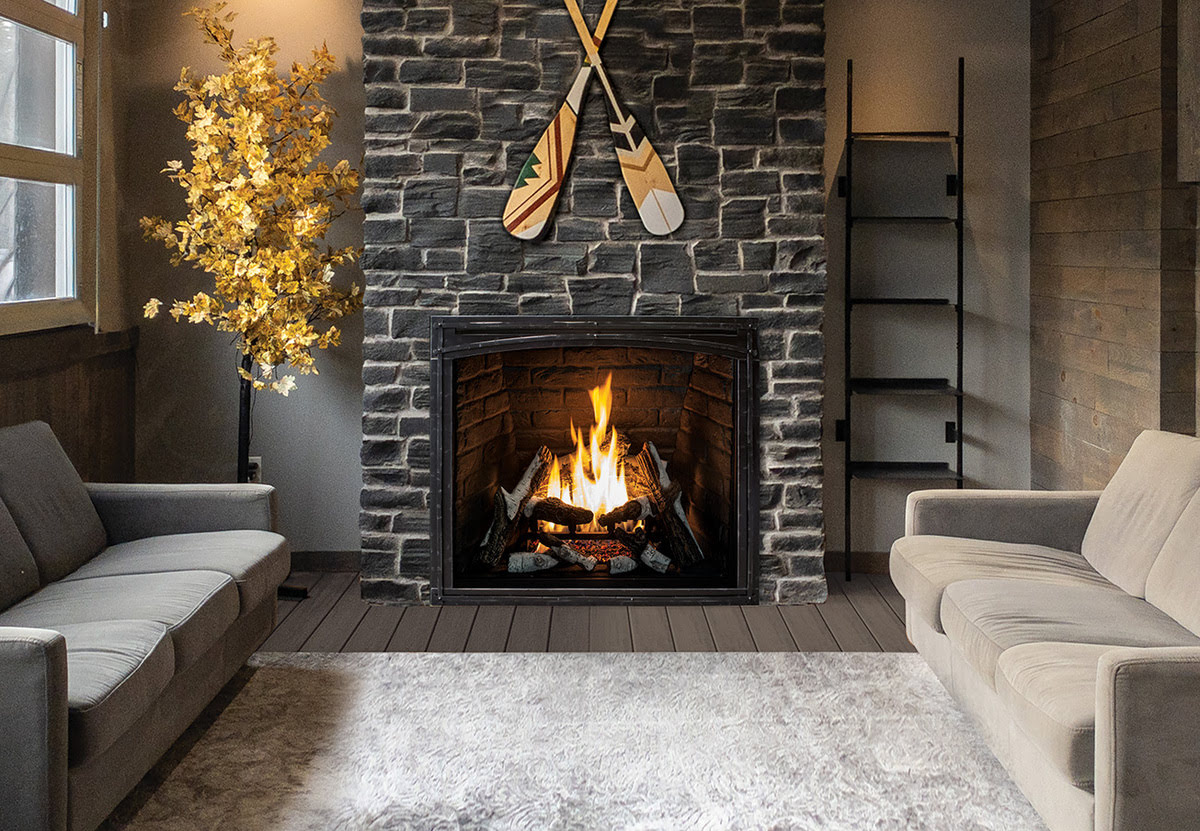
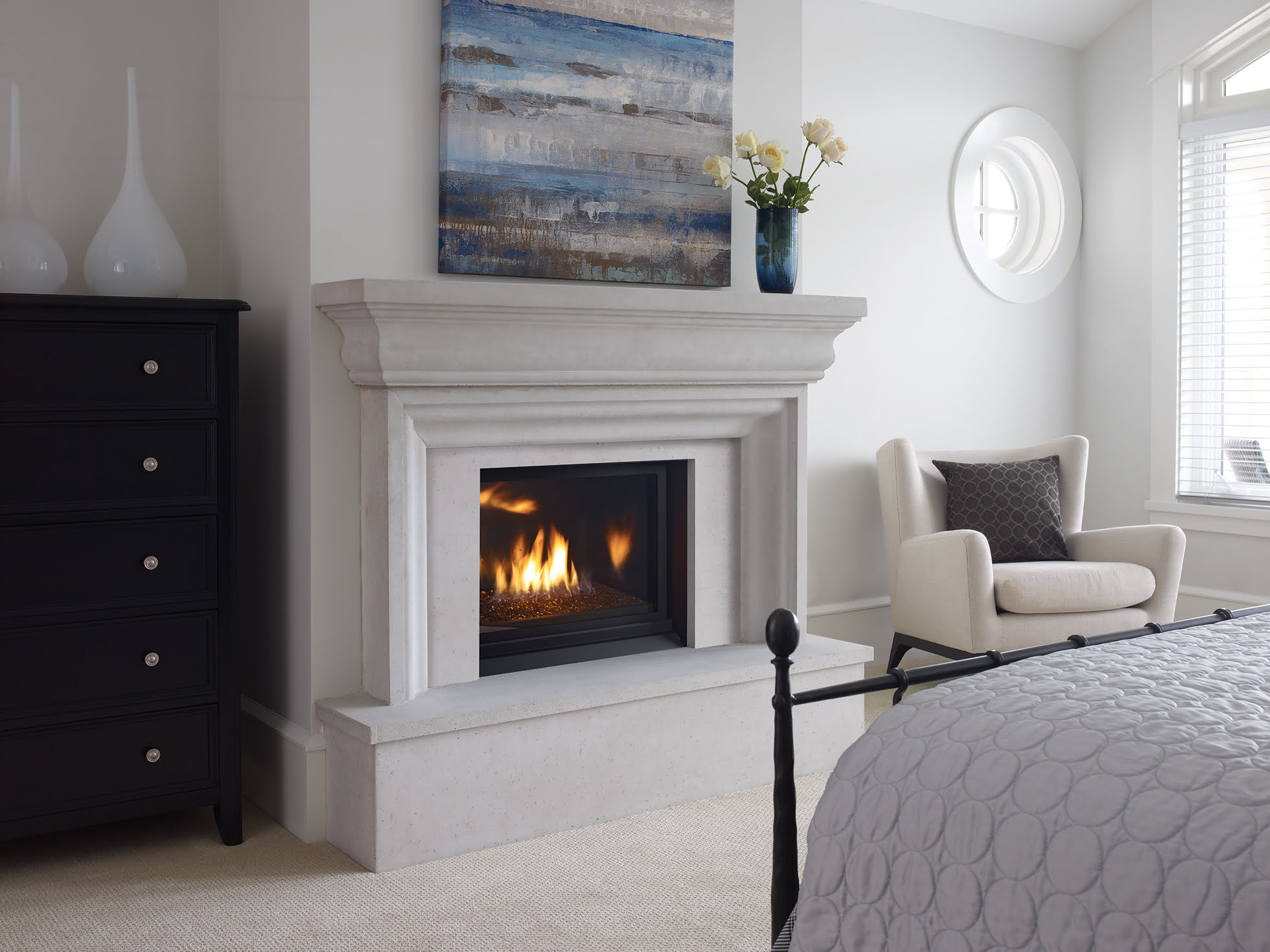
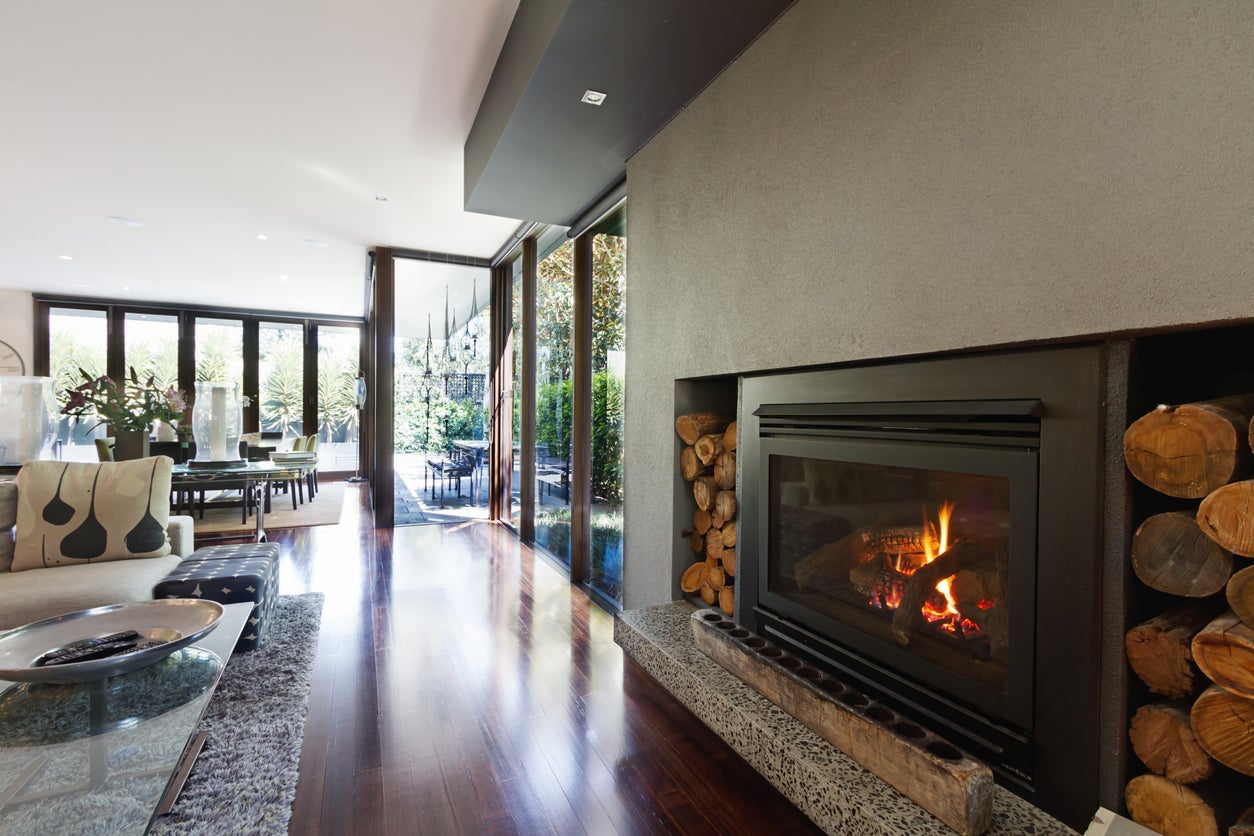
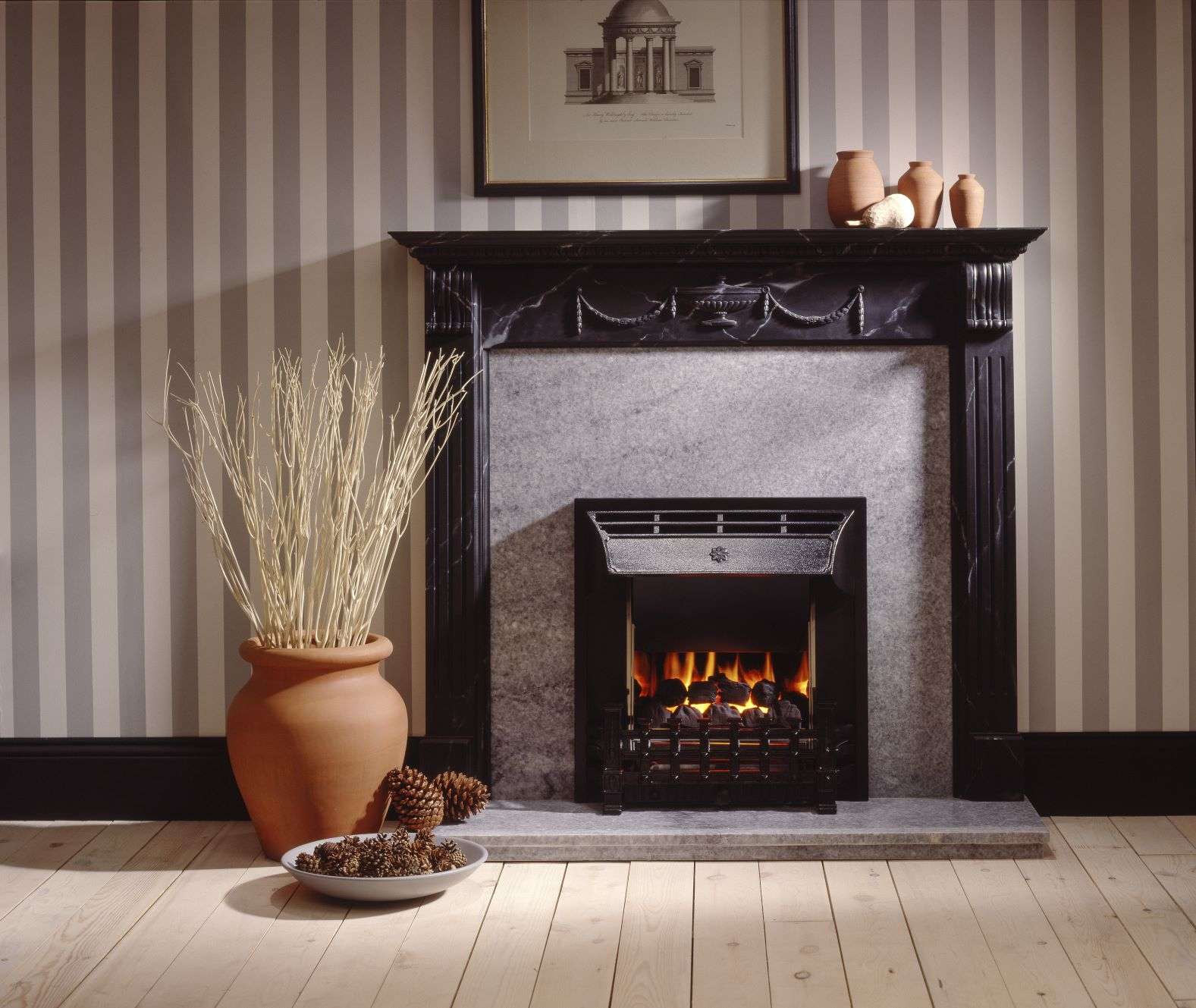
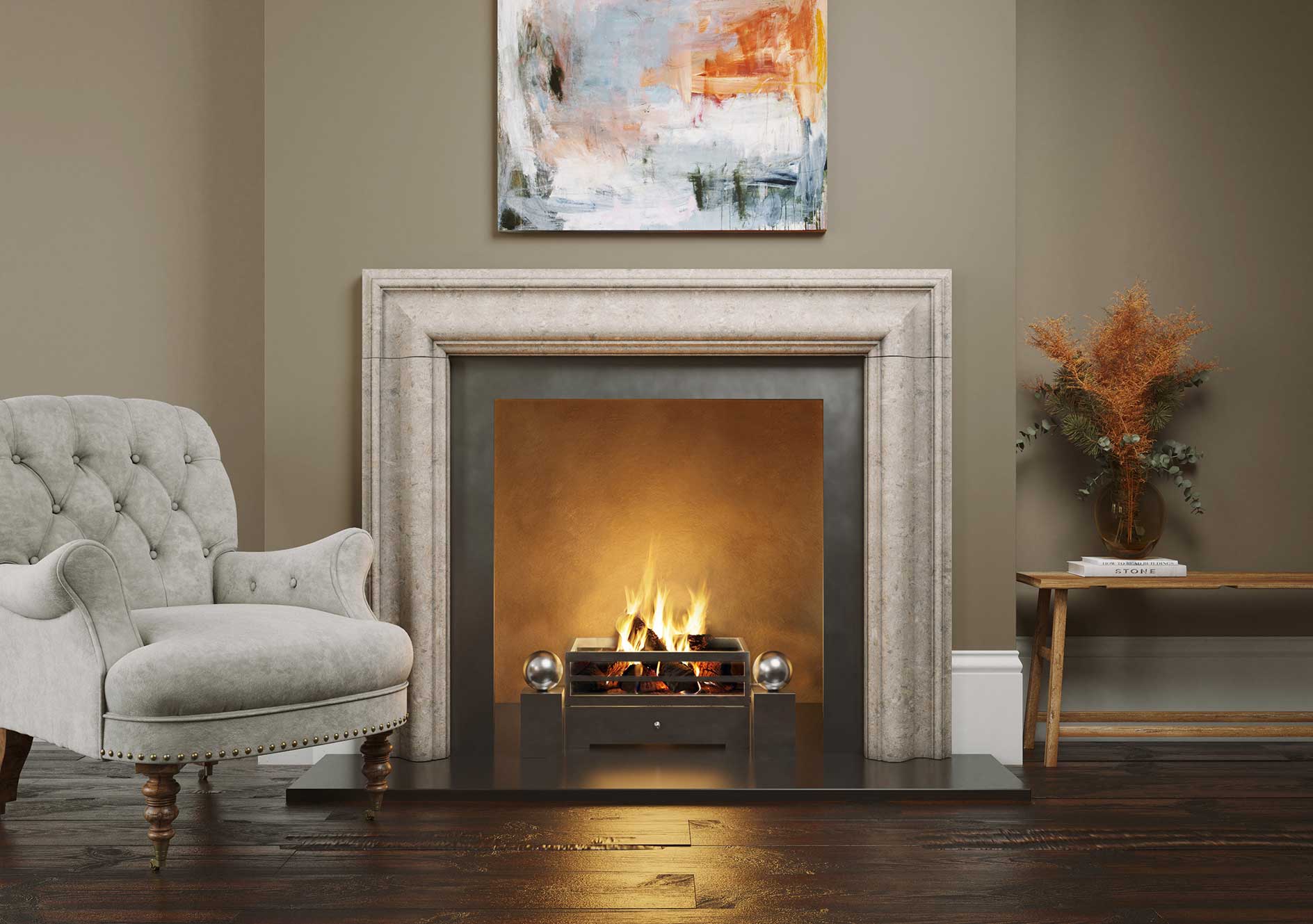
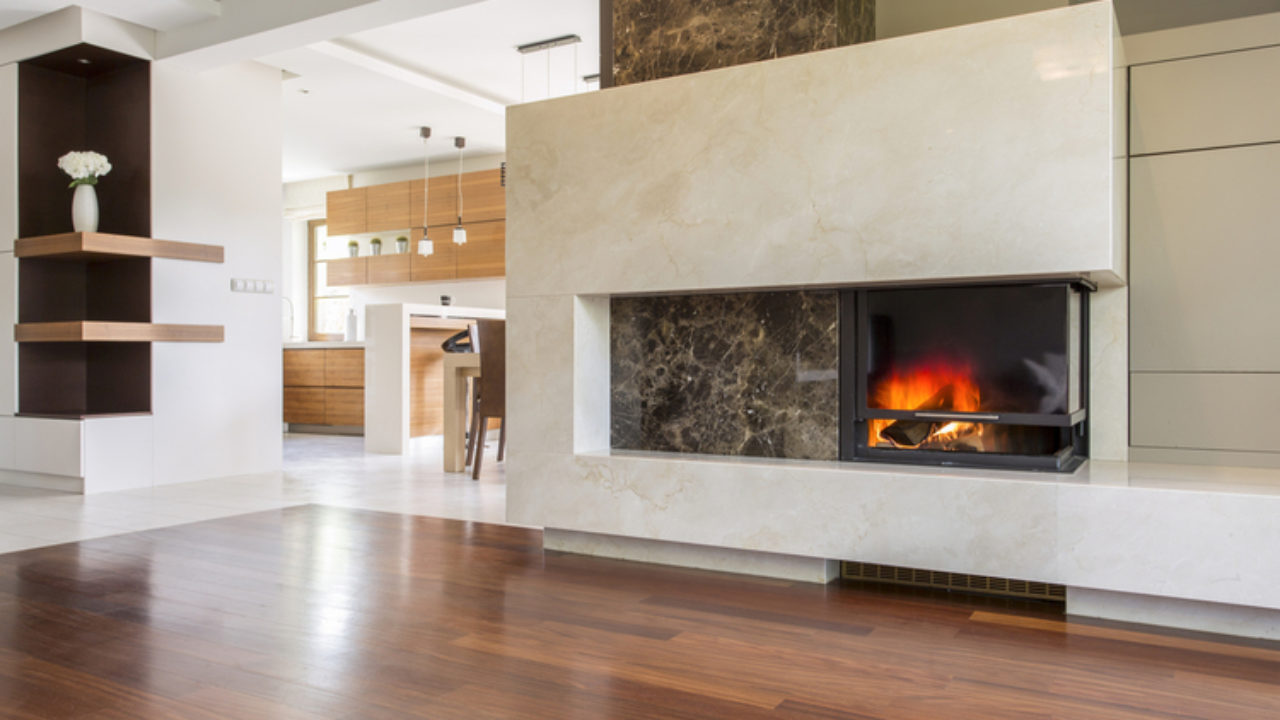
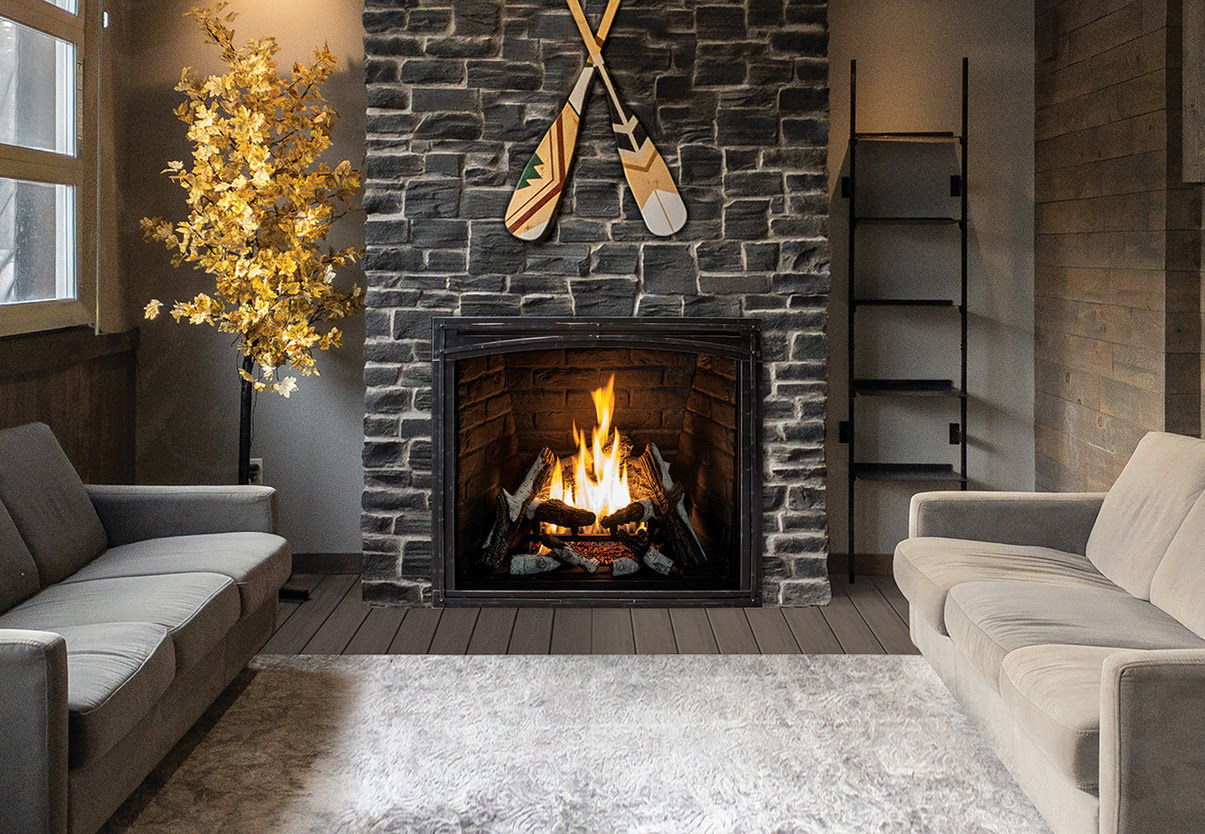
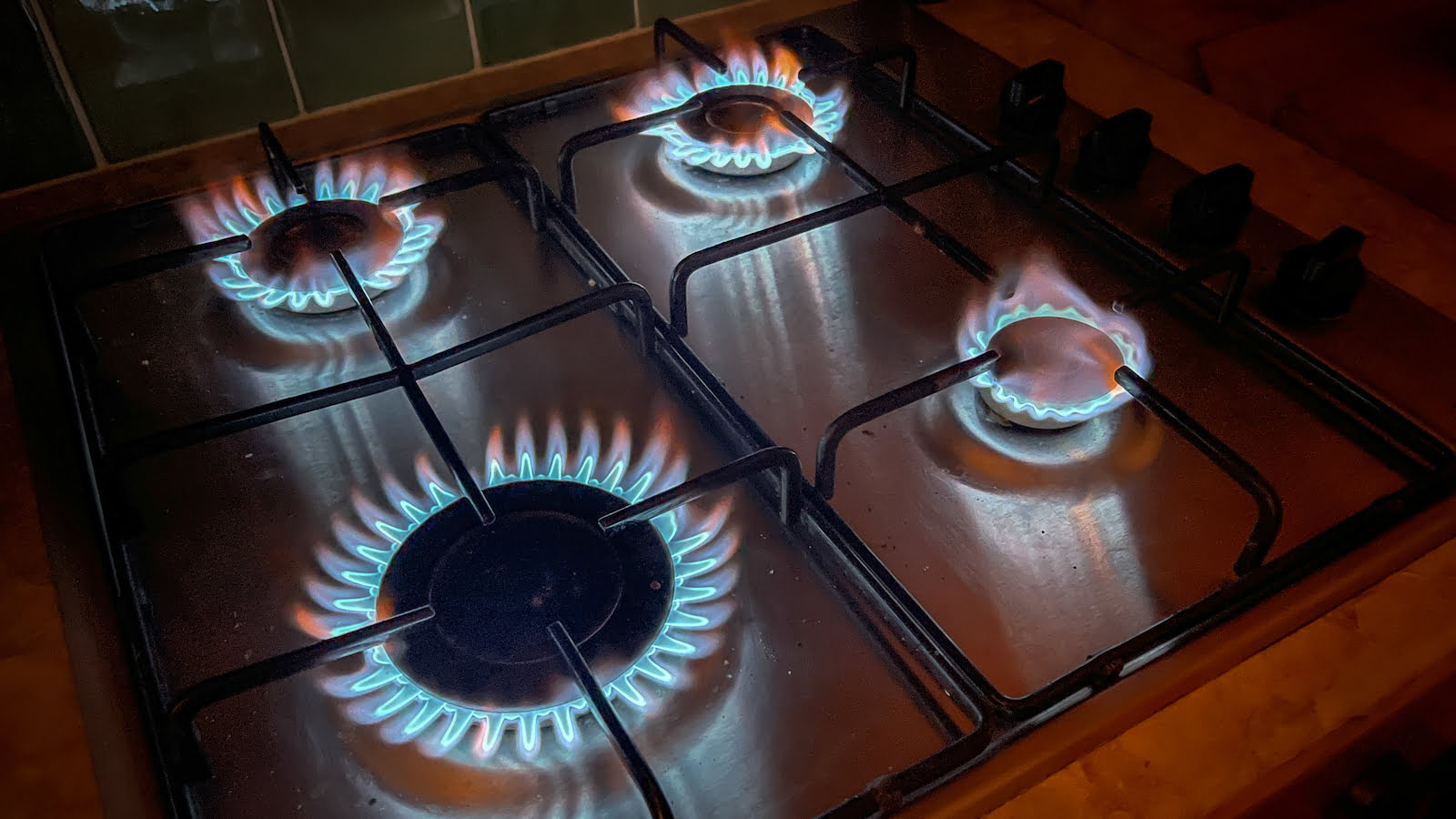
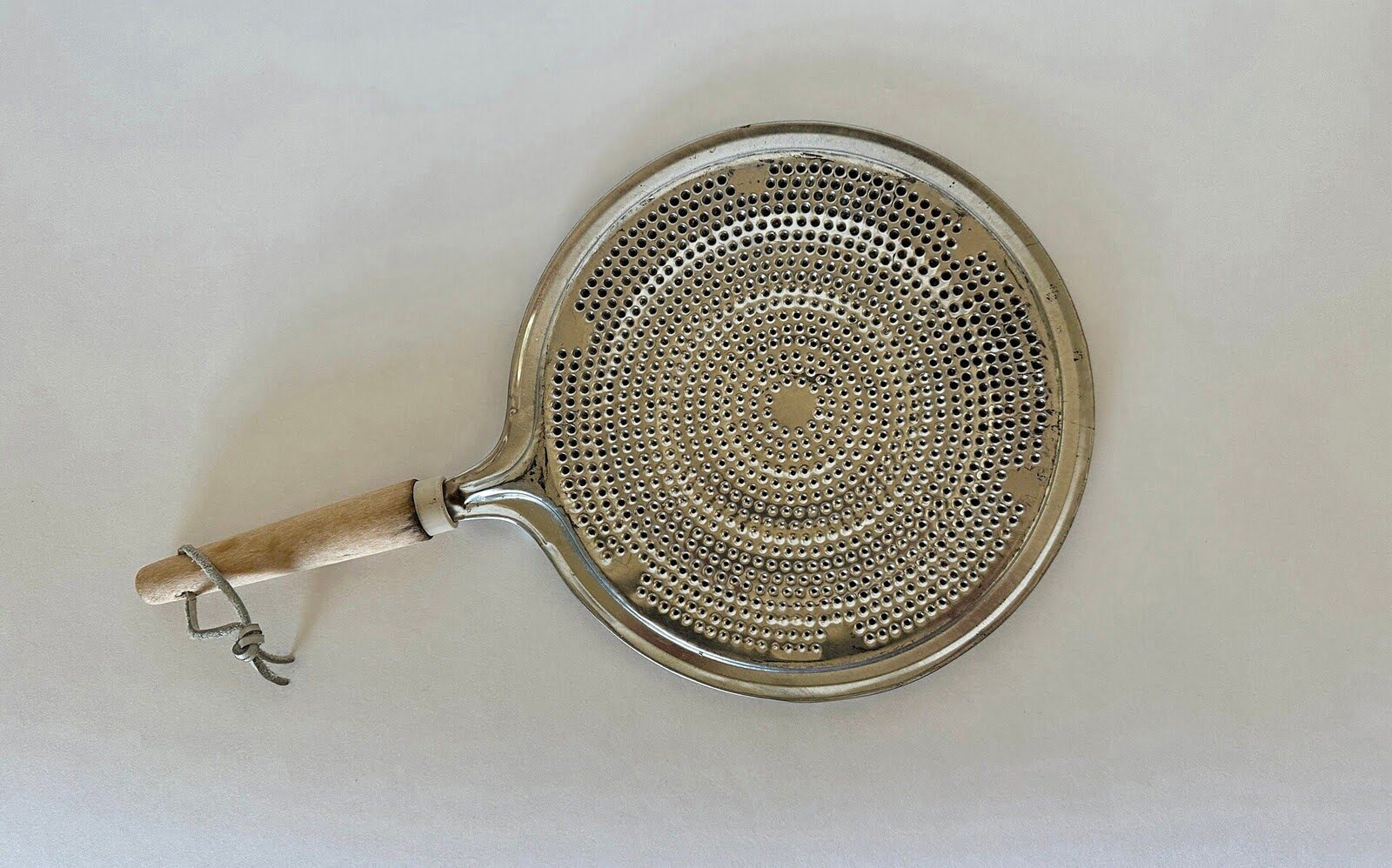
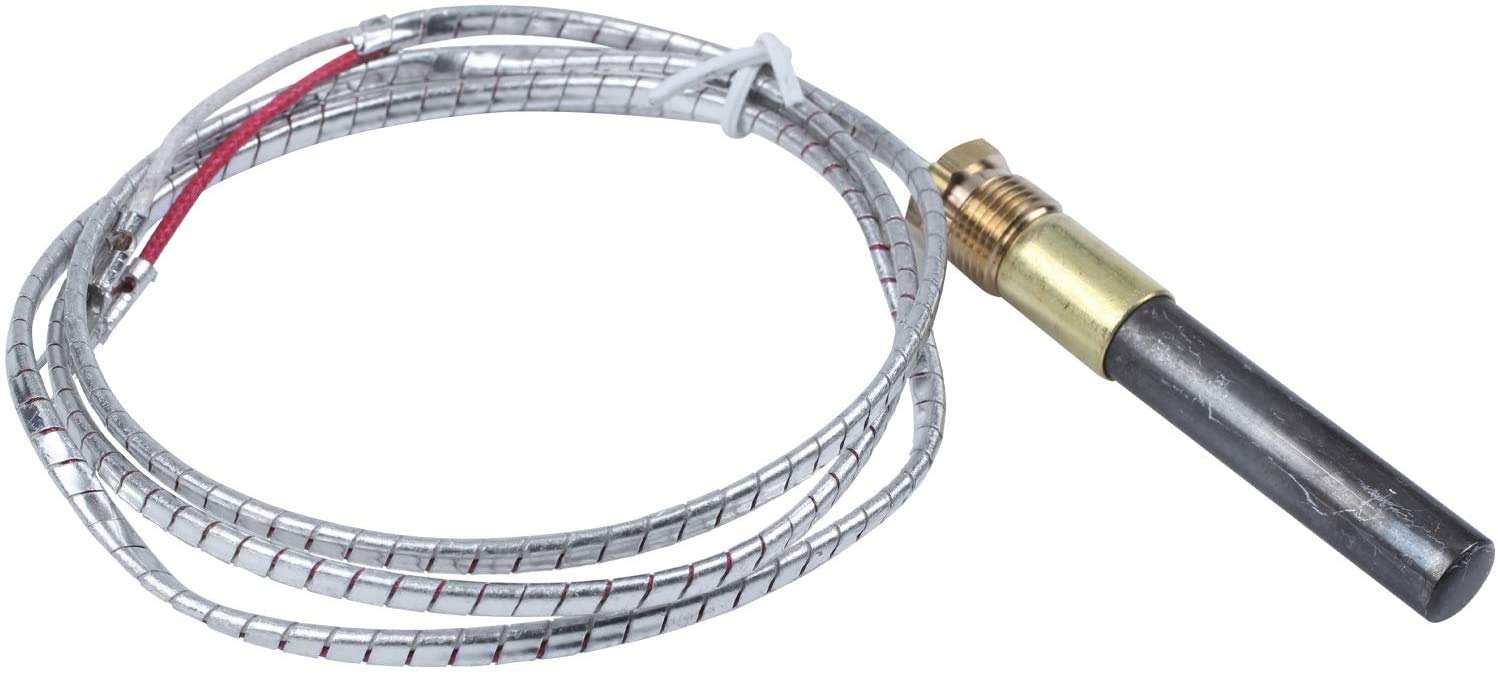
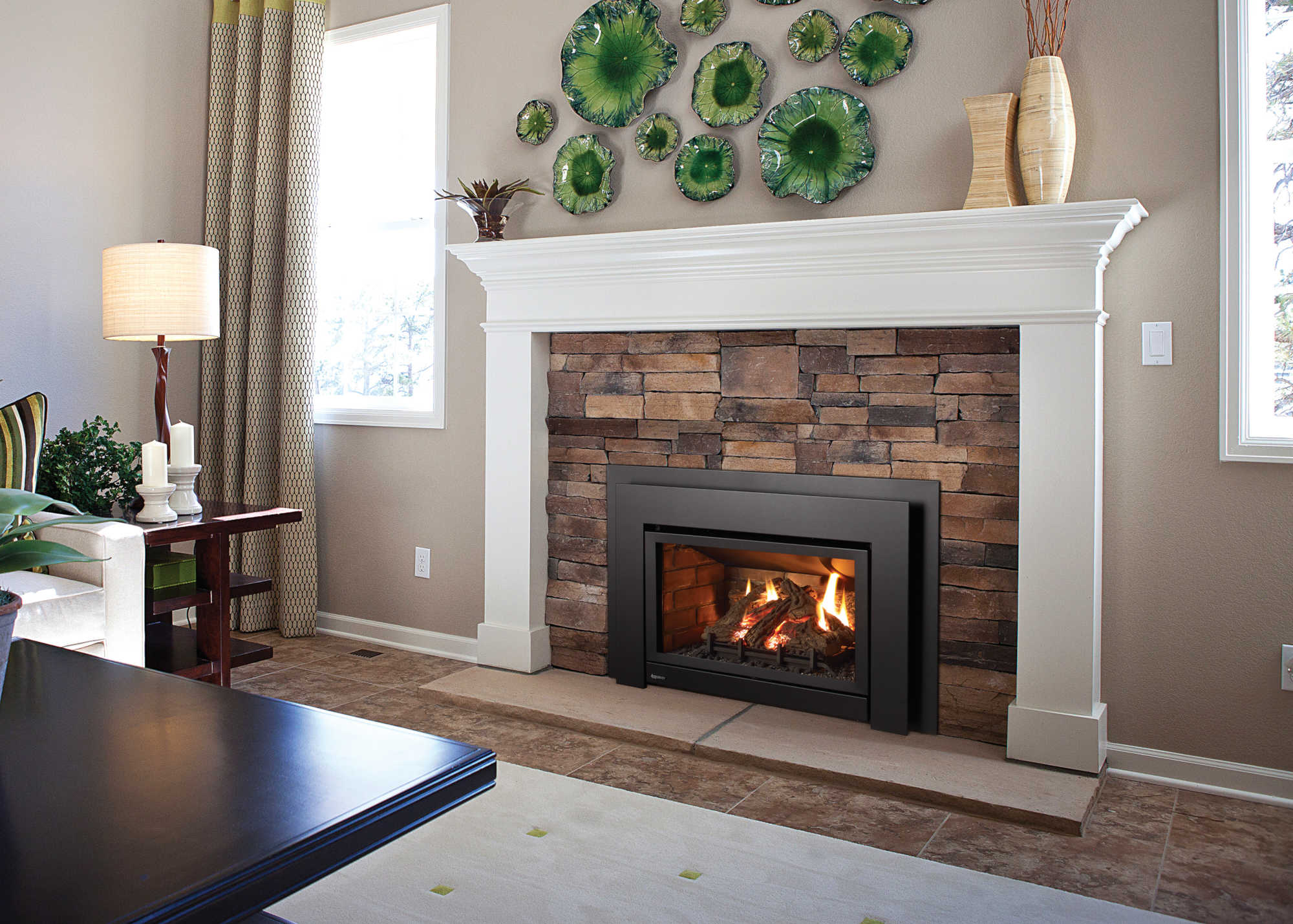
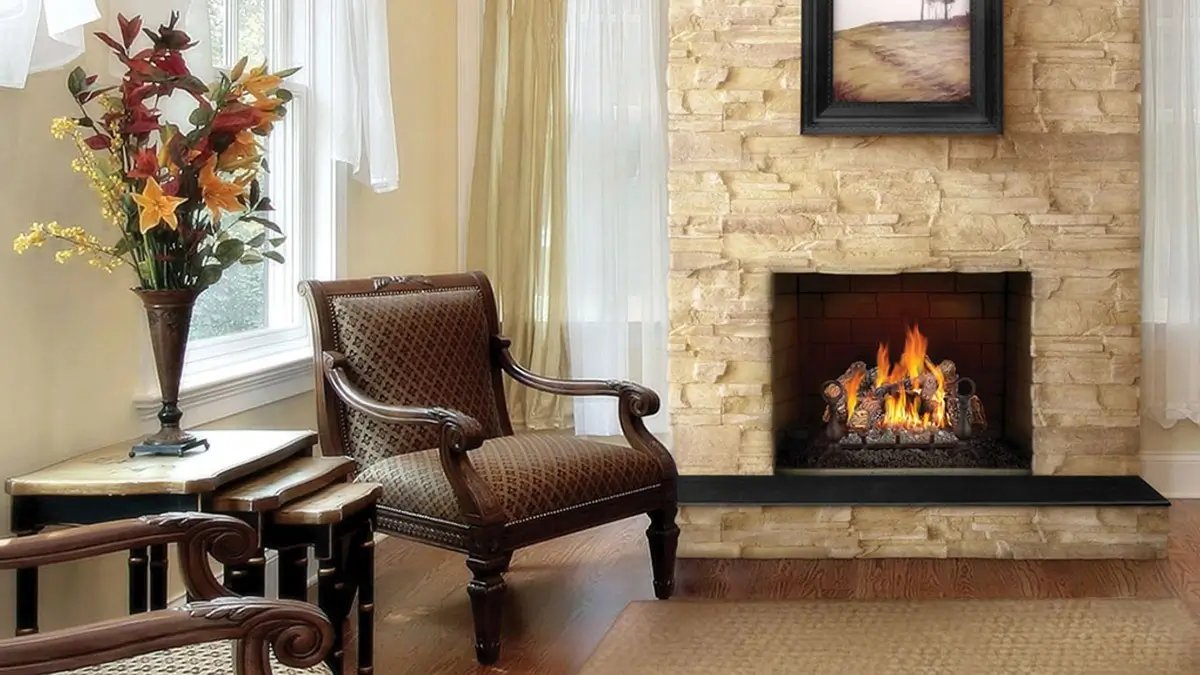

0 thoughts on “How To Enhance A Gas Fireplace Flame”